#Technology Blogging
Explore tagged Tumblr posts
Text
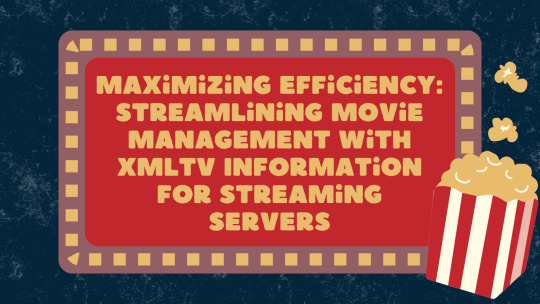
Effective XMLTV EPG Solutions for VR & CGI Use
Effective XMLTV EPG Guide Solutions and Techniques for VR and CGI Adoption. In today’s fast-paced digital landscape, effective xml data epg guide solutions are essential for enhancing user experiences in virtual reality (VR) and computer-generated imagery (CGI).
Understanding how to implement these solutions not only improves content delivery but also boosts viewer engagement.
This post will explore practical techniques and strategies to optimize XMLTV EPG guides, making them more compatible with VR and CGI technologies.
Proven XMLTV EPG Strategies for VR and CGI Success
Several other organizations have successfully integrated VR CGI into their training and operational processes.
For example, Vodafone has recreated their UK Pavilion in VR to enhance employee training on presentation skills, complete with AI-powered feedback and progress tracking.
Similarly, Johnson & Johnson has developed VR simulations for training surgeons on complex medical procedures, significantly improving learning outcomes compared to traditional methods. These instances highlight the scalability and effectiveness of VR CGI in creating detailed, interactive training environments across different industries.
Challenges and Solutions in Adopting VR CGI Technology
Adopting Virtual Reality (VR) and Computer-Generated Imagery (CGI) technologies presents a set of unique challenges that can impede their integration into XMLTV technology blogs.
One of the primary barriers is the significant upfront cost associated with 3D content creation. Capturing real-world objects and converting them into detailed 3D models requires substantial investment, which can be prohibitive for many content creators.
Additionally, the complexity of developing VR and AR software involves specialized skills and resources, further escalating the costs and complicating the deployment process.
Hardware Dependencies and User Experience Issues
Most AR/VR experiences hinge heavily on the capabilities of the hardware used. Current devices often have a limited field of view, typically around 90 degrees, which can detract from the immersive experience that is central to VR's appeal.
Moreover, these devices, including the most popular VR headsets, are frequently tethered, restricting user movement and impacting the natural flow of interaction.
Usability issues such as bulky, uncomfortable headsets and the high-power consumption of AR/VR devices add layers of complexity to user adoption.
For many first-time users, the initial experience can be daunting, with motion sickness and headaches being common complaints. These factors collectively pose significant hurdles to the widespread acceptance and enjoyment of VR and AR technologies.
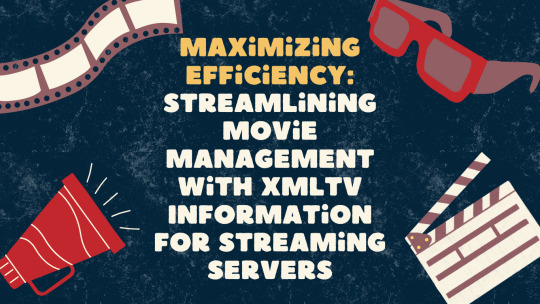
Solutions and Forward-Looking Strategies
Despite these hurdles, there are effective solutions and techniques for overcoming many of the barriers to VR and CGI adoption.
Companies such as VPL Research is one of the first pioneer in the creation of developed and sold virtual reality products.
For example, improving the design and aesthetics of VR technology may boost their attractiveness and comfort, increasing user engagement.
Furthermore, technological developments are likely to cut costs over time, making VR and AR more accessible.
Strategic relationships with tech titans like Apple, Google, Facebook, and Microsoft, which are always inventing in AR, can help to improve xmltv guide epg for iptv blog experiences.
Virtual Reality (VR) and Computer-Generated Imagery (CGI) hold incredible potential for various industries, but many face challenges in adopting these technologies.
Understanding the effective solutions and techniques for overcoming barriers to VR and CGI adoption is crucial for companies looking to innovate.
Practical Tips for Content Creators
To optimize the integration of VR and CGI technologies in xmltv epg blogs, content creators should consider the following practical tips:
Performance Analysis
Profiling Tools: Utilize tools like Unity Editor's Profiler and Oculus' Performance Head Hub Display to monitor VR application performance. These tools help in identifying and addressing performance bottlenecks.
Custom FPS Scripts: Implement custom scripts to track frames per second in real-time, allowing for immediate adjustments and optimization.
Optimization Techniques
3D Model Optimization: Reduce the triangle count and use similar materials across models to decrease rendering time.
Lighting and Shadows: Convert real-time lights to baked or mixed and utilize Reflection and Light Probes to enhance visual quality without compromising performance.
Camera Settings: Optimize camera settings by adjusting the far plane distance and enabling features like Frustum and Occlusion Culling.
Building and Testing
Platform-Specific Builds: Ensure that the VR application is built and tested on intended platforms, such as desktop or Android, to guarantee optimal performance across different devices.
Iterative Testing: Regularly test new builds to identify any issues early in the development process, allowing for smoother final deployments.
By adhering to these guidelines, creators can enhance the immersive experience of their XMLTV blogs, making them more engaging and effective in delivering content.
Want to learn more? You can hop over to this website to have a clear insights into how to elevate your multimedia projects and provide seamless access to EPG channels.
youtube
7 notes
·
View notes
Text

Open-source Tools and Scripts for XMLTV Data
XMLTV is a popular format for storing TV listings. It is widely used by media centers, TV guide providers, and software applications to display program schedules. Open-source tools and scripts play a vital role in managing and manipulating XMLTV data, offering flexibility and customization options for users.
In this blog post, we will explore some of the prominent open-source tools and scripts available for working with xmltv examples.
What is XMLTV?
XMLTV is a set of software tools that helps to manage TV listings stored in the XML format. It provides a standard way to describe TV schedules, allowing for easy integration with various applications and services. XMLTV files contain information about program start times, end times, titles, descriptions, and other relevant metadata.
Open-source Tools and Scripts for XMLTV Data
1. EPG Best
EPG Best is an open-source project that provides a set of utilities to obtain, manipulate, and display TV listings. It includes tools for grabbing listings from various sources, customizing the data, and exporting it in different formats. Epg Best offers a flexible and extensible framework for managing XMLTV data.
2. TVHeadend
TVHeadend is an open-source TV streaming server and digital video recorder for Linux. It supports various TV tuner hardware and provides a web interface for managing TV listings. TVHeadend includes built-in support for importing and processing XMLTV data, making it a powerful tool for organizing and streaming TV content.
3. WebGrab+Plus
WebGrab+Plus is a popular open-source tool for grabbing electronic program guide (EPG) data from websites and converting it into XMLTV format. It supports a wide range of sources and provides extensive customization options for configuring channel mappings and data extraction rules. WebGrab+Plus is widely used in conjunction with media center software and IPTV platforms.
4. XMLTV-Perl
XMLTV-Perl is a collection of Perl modules and scripts for processing XMLTV data. It provides a rich set of APIs for parsing, manipulating, and generating XMLTV files. XMLTV-Perl is particularly useful for developers and system administrators who need to work with XMLTV data in their Perl applications or scripts.
5. XMLTV GUI
XMLTV GUI is an open-source graphical user interface for configuring and managing XMLTV grabbers. It simplifies the process of setting up grabber configurations, scheduling updates, and viewing the retrieved TV listings.
XMLTV GUI is a user-friendly tool for users who prefer a visual interface for interacting with XMLTV data.
Open-source tools and scripts for XMLTV data offer a wealth of options for managing and utilizing TV listings in XML format. Whether you are a media enthusiast, a system administrator, or a developer, these tools provide the flexibility and customization needed to work with TV schedules effectively.
By leveraging open-source solutions, users can integrate XMLTV data into their applications, media centers, and services with ease.
Stay tuned with us for more insights into open-source technologies and their applications!

Step-by-Step XMLTV Configuration for Extended Reality
Extended reality (XR) has become an increasingly popular technology, encompassing virtual reality (VR), augmented reality (AR), and mixed reality (MR).
One of the key components of creating immersive XR experiences is the use of XMLTV data for integrating live TV listings and scheduling information into XR applications. In this blog post, we will provide a step-by-step guide to configuring XMLTV for extended reality applications.
What is XMLTV?
XMLTV is a set of utilities and libraries for managing TV listings stored in the XML format. It provides a standardized format for TV scheduling information, including program start times, end times, titles, descriptions, and more. This data can be used to populate electronic program guides (EPGs) and other TV-related applications.
Why Use XMLTV for XR?
Integrating XMLTV data into XR applications allows developers to create immersive experiences that incorporate live TV scheduling information. Whether it's displaying real-time TV listings within a virtual environment or overlaying TV show schedules onto the real world in AR, XMLTV can enrich XR experiences by providing users with up-to-date programming information.
Step-by-Step XMLTV Configuration for XR
Step 1: Obtain XMLTV Data
The first step in configuring XMLTV for XR is to obtain the XMLTV data source. There are several sources for XMLTV data, including commercial providers and open-source projects. Choose a reliable source that provides the TV listings and scheduling information relevant to your target audience and region.
Step 2: Install XMLTV Utilities
Once you have obtained the XMLTV data, you will need to install the XMLTV utilities on your development environment. XMLTV provides a set of command-line tools for processing and manipulating TV listings in XML format. These tools will be essential for parsing the XMLTV data and preparing it for integration into your XR application.
Step 3: Parse XMLTV Data
Use the XMLTV utilities to parse the XMLTV data and extract the relevant scheduling information that you want to display in your XR application. This may involve filtering the data based on specific channels, dates, or genres to tailor the TV listings to the needs of your XR experience.
Step 4: Integrate XMLTV Data into XR Application
With the parsed XMLTV data in hand, you can now integrate it into your XR application. Depending on the XR platform you are developing for (e.g., VR headsets, AR glasses), you will need to leverage the platform's development tools and APIs to display the TV listings within the XR environment.
Step 5: Update XMLTV Data
Finally, it's crucial to regularly update the XMLTV data in your XR application to ensure that the TV listings remain current and accurate. Set up a process for fetching and refreshing the XMLTV data at regular intervals to reflect any changes in the TV schedule.
Incorporating XMLTV data into extended reality applications can significantly enhance the immersive and interactive nature of XR experiences. By following the step-by-step guide outlined in this blog post, developers can seamlessly configure XMLTV for XR and create compelling XR applications that seamlessly integrate live TV scheduling information.
Stay tuned for more XR development tips and tutorials!
Visit our xmltv information blog and discover how these advancements are shaping the IPTV landscape and what they mean for viewers and content creators alike. Get ready to understand the exciting innovations that are just around the corner.
youtube
4 notes
·
View notes
Text

Future Trends: The Increasing Popularity of VR CGI in Digital Narratives
As technology improved, one exciting trend is the rising use of VR CGI in digital narratives. This innovative approach immerses audiences in stories like never before, blending virtual reality with stunning computer-generated imagery.
In this post, we will explore how VR CGI is transforming storytelling across various media, including xml epg guide, xmltv generator, and interactive experiences.
Extended Reality (XR), encompassing Virtual Reality (VR), Augmented Reality (AR), and Mixed Reality (MR), is poised to revolutionize the digital narrative landscape by merging the physical and virtual worlds.
As XR technologies advance, they are finding applications across numerous fields, enhancing user experiences and enabling new ways of interaction.
In the realm of digital narratives, this means a transformative shift towards more immersive and interactive storytelling formats.
For instance, interactive narratives will allow audiences to influence the direction of stories through choices, creating a personalized and dynamic storytelling experience. This level of interactivity, supported by gamification elements such as challenges and rewards, will make narratives not only more engaging but also deeply memorable.
Understanding the Popularity of VR CGI in IPTV EPG
The integration of AI in storytelling is set to redefine audience engagement, with AI-generated characters and chatbots improved based on user interactions. This dynamic personalization will tailor stories to individual preferences, enhancing emotional resonance and relevance.
Furthermore, user-generated storytelling platforms are empowering audiences to become storytellers themselves, fostering a rich diversity of narratives and perspectives. This shift is supported by advanced software capabilities that cater to a younger, digitally savvy audience, driving narrative innovation.
Rise of VR CGI in IPTV: Future XMLV EPG Trends
In the context of xmltv epg m3u and Mfiles technology, the use of immersive 360 VR experiences can evoke a strong sense of presence, making viewers feel like participants rather than mere observers. Directing attention in 360 VR storytelling remains a challenge, requiring innovative techniques to guide viewers to key story elements.
However, the potential for non-linear narratives in 360 VR allows viewers the freedom to explore different perspectives and storylines, enhancing the narrative depth and engagement. This integration of VR and CGI within XMLTV blogs can significantly enhance the viewer's experience, making the guide itself a part of an interactive entertainment experience.

Bringing Digital and Physical Worlds Together
Augmented Reality (AR) and Virtual Reality (VR) technologies are pioneering the fusion of digital and physical realms, offering enhanced perceptions and interactions with the real world. AR overlays digital information onto the physical environment in real-time, using sophisticated tracking and rendering to blend virtual elements seamlessly.
This technology has not only captured the public's imagination through applications like Pokémon Go and Snapchat filters but is also expanding into sectors like retail, advertising, and tourism, enhancing user experiences by providing contextual information in an interactive format.
On the other hand, VR immerses users in a completely virtual environment, crafted to deliver a compelling sense of presence through multi-sensory feedback. This technology is employed across various fields including gaming, training simulations, and tourism, where it provides unique, immersive experiences that are profoundly engaging.
In educational settings, VR transforms learning by enabling interactive experiences that improve retention and engagement, such as virtual field trips or complex scientific simulations.
The convergence of AR and VR into Mixed Reality (MR) represents a significant leap towards blending the digital and physical worlds. MR allows for a spectrum of experiences where digital and real-world elements coexist and interact in real-time, offering new possibilities in gaming, entertainment, and beyond.
For instance, in architecture and design, MR can streamline design processes and enhance client presentations by superimposing proposed architectural changes onto existing physical spaces.
In healthcare, MR applications assist in complex surgical procedures by overlaying critical information onto the surgeon’s field of view, improving precision and patient outcomes. This integration of digital and physical realities is not only redefining user experiences but also setting new benchmarks in how we interact with and perceive our environment.
Optimization of VR Applications for XMLTV Generator
Throughout this article, we have traversed the innovative landscapes where virtual reality (VR) CGI and XMLTV converge, offering a glimpse into the future of ultra-immersive storytelling and content presentation in technology blogs.
The integration of VR CGI with XMLTV not only enriches the user experience by providing a dynamic and engaging way to explore program guides but also sets a new bar for the presentation of information.
Crafting content that leverages these technologies invites readers into a world where they are no longer passive consumers but rather active participants in an immersive journey.
The examples and use cases discussed underscore the practical applications and the transformative potential of merging VR CGI with XMLTV, from interactive program previews to enhanced storytelling that deeply resonates with the audience.
Acknowledging the boundless possibilities, it's clear that the amalgamation of VR CGI and XMLTV within technology blogs represents a pioneering step towards redefining digital narratives and user experience.
For content creators and technologists alike, understanding and harnessing this synergy is critical in crafting blogs that not only inform but also mesmerize and engage.
As we look forward, embracing these advancements could very well dictate the success and relevance of digital content within the ever-changing domain of technology and media.
As part of exploring this vast potential and ensuring content remains relevant and engaging, we invite you to uncover the boundless potential of Virtual Reality CGI and elevate your XMLTV Technology Blog by checking out our blog post and experiencing the ease of Entertainment Technology through XMLTV EPG for IPTV Guide.
Want to know more? You can visit this web page and discover the advantages it brings to every tech-savvy individuals and why content creators are captivated by these immersive narratives.
youtube
6 notes
·
View notes
Text
Access XMLTV Data for Enhanced IPTV Experience
Discover how to get XMLTV data for IPTV and enhance your viewing experience. Start using detailed channel listings today for better programming options. In the realm of IPTV (Internet Protocol Television), XMLTV data plays a pivotal role in delivering seamless and comprehensive TV programming information to viewers. XMLTV, an open standard format, allows IPTV providers to collect, organize, and…
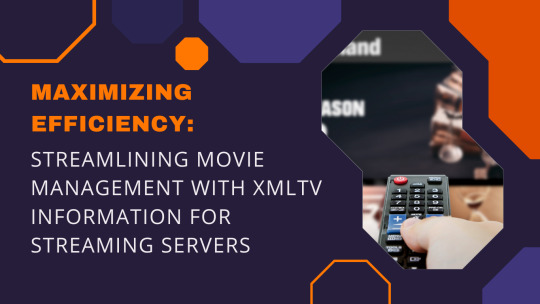
View On WordPress
6 notes
·
View notes
Text

InsideTechie Blog is a one-stop destination for all things digital! Dive deep into the popular gadget, AI, and cybersecurity blogs along with InsideTechie's free blogging platform.
#Best free blogging platform#free blogging#Technology blogging#best free blogging Website#Top Blogging Website#blogging website
0 notes
Text

instagram: cheri.png
#me looking if everyone’s okay#haven’t posted for a while and throwing up bc of that tbh#life is lifeing#cybercore#y2k#cyber y2k#old internet#old web#00s#2000s#tech#moodboard#cyber core#tech aesthetic#tech core#cat#tech cat#nostalgia#nostalgiacore#y2k aesthetic#y2k nostalgia#early 2000s#tech blog#technology
3K notes
·
View notes
Text
Revolutionizing WhatsApp Transfer: The Breakthrough Android to iOS Method

Hey there, tech enthusiasts! 🌟 We are thrilled to introduce you to a groundbreaking solution that will transform the way you transfer WhatsApp data from Android to iOS. MyInstaFollow brings you the most seamless and efficient method to seamlessly transition your WhatsApp conversations, media, and settings without any hassle.
Our expert team has meticulously designed and tested this cutting-edge technique, ensuring that your data remains intact and secure throughout the entire transfer process. With our method, bid farewell to the frustrating limitations that previously hindered your ability to switch between these two major operating systems. Embrace the freedom of accessing your cherished memories and valuable conversations, regardless of your device's platform.
What makes our approach truly exceptional is its user-friendly interface, eliminating the need for complex technical maneuvers. Say goodbye to hours of tedious manual transfers or the risk of data loss. Embrace the future of cross-platform data migration with MyInstaFollow.
Visit our blog post on our website to discover the detailed steps of this game-changing process and unlock the full potential of your WhatsApp experience. Don't let platform constraints limit your digital journey any longer!
Click here to read the full blog post: A New Method to Transfer WhatsApp from Android to iOS
Don't forget to share this exciting news with your tech-savvy friends and spread the word about this groundbreaking development in the world of data migration. Embrace the power of seamless connectivity and enjoy a hassle-free transition like never before.
Stay tuned for more updates, tutorials, and innovation in the tech world, exclusively from MyInstaFollow. Your digital journey just got smoother!
#WhatsApp#Android#iOS#Data Transfer#Cross-Platform#Tech Innovation#Data Security#Seamless Connectivity#Tech Solutions#Digital Transformation#Technology Blogging#Data Migration#Tech Enthusiasts#WhatsApp Conversations#Media Transfer#Platform Transition
0 notes
Text






Cute discs ☆彡
#sony#mini disc#discs#cds#pink kawaii#pink aesthetic#hello kitty addict#hello kitty merch#hello kitty#miffy#sailor moon aesthetic#sailor moon anime#sailor moon merch#kawaiicore#cute#kawaii#nostalgia#nostalgiacore#kawaii blog#pastelcore#pastel pink#sanrio#y2k core#y2kcore#y2k nostalgia#y2k style#2000s tech#old tech#tech#technology
2K notes
·
View notes
Text

This room would produce such a pleasant humming sound <3
#objectum#objectum blog#objectophilia#osor#posic community#posic#techum#technophilia#technology#computer kisser
1K notes
·
View notes
Text

All 13 Colors of iMac
#90s#1990s#apple#art#computer#cybercore#cyber y2k#design#electronic#electronics#flash warning#future#futuristic#futurism#gif#imac g3#kaybug#object#old tech#photography#tech#technology#translucent#transparent#y2kcore#y2kore#y2k aesthetic#y2k blog#y2k core#y2k cyber
1K notes
·
View notes
Text
Prompt 279
Now Danny didn’t mean to make a Bootube channel. He’d meant to send that sleep deprived ramble to Tucker, but he had clicked on the wrong app and yeah. Apparently people enjoy his space rambles- or it could have been the ghost blob-cats that had decided to flop onto him. (Honestly he wasn’t surprised they would start to mimic the shapes of things in their surroundings)
Tucker? Found it hilarious, as did Sam and Val and… um, okay this has become their shared channel now, nice. Though there are some strange comments on some of the videos. Really, what do they mean green sky and crazy tech???
#Prompts#Danny Phantom#Tucker does coding stuff & how to fix design flaws in everyday technology#Sam has a gardening & eco-awareness playlist#Valerie has stuff with All Sorts of Weapons & a mini blog of Cujo#Danny does Space stuff and he loves it#Everyone is freaking out because the videos aren’t only showing up in their world but other ones too#Also all of them are revealing a bunch of stuff that Humanity Doesn’t Know Yet#Thank you weird time stuff of the Zone#Space Core Danny#Life Core Sam#Storm Core Tucker#Metal Core Val#Are they roommates or together who knows#Ellie shows up in the background sometimes too#They do a lot of stuff in the background of each others videos#Including their food fighting#DCxDP#DPxDC#DP x Marvel#DPxBHA#Danny Phantom Crossover#Do as Many Crossovers as you Want
1K notes
·
View notes
Text

source
608 notes
·
View notes
Text


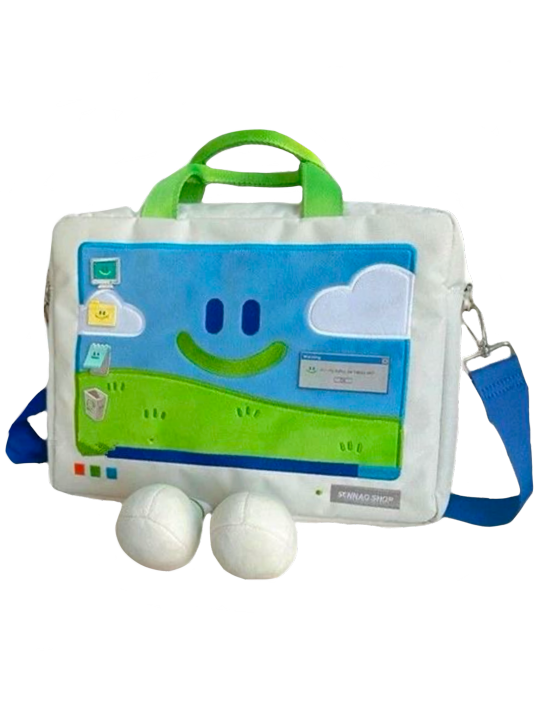


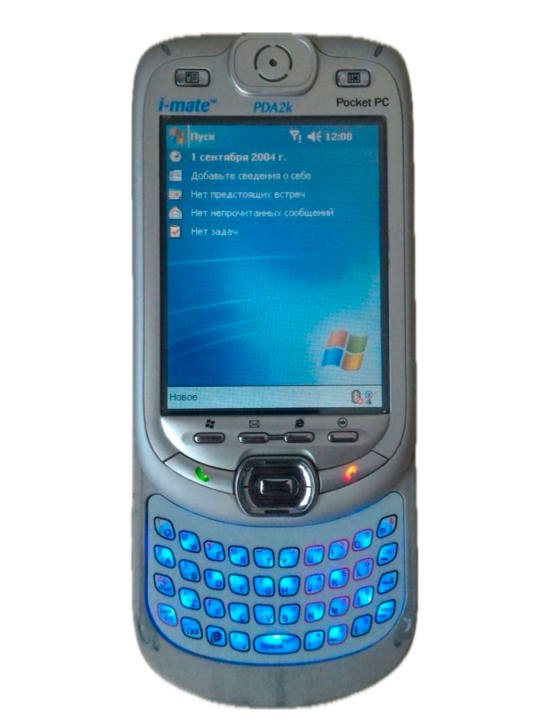
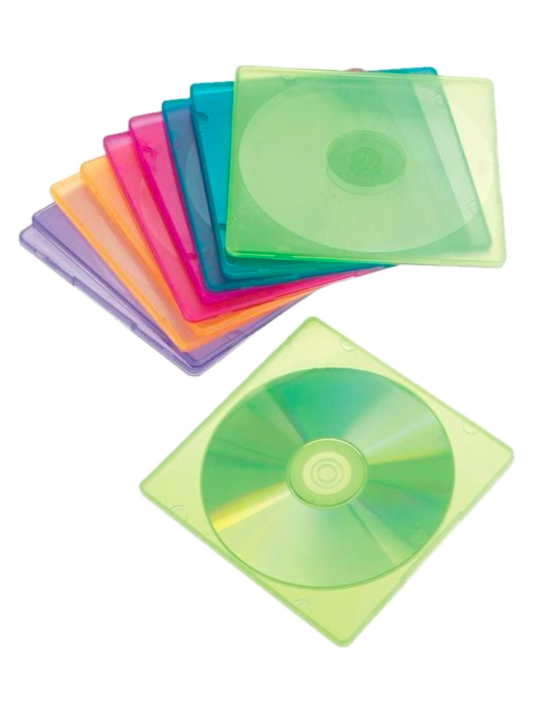


🌍𓏲 ๋࣭ ࣪ ˖ 𝘑𝘶𝘯𝘦 ⋆✴︎˚。⋆🌍
#png#png blog#aesthetic pngs#aesthetic#random pngs#transparent png#moodboard pngs#pngimages#cute pngs#vintage#frutiger aero#frutiger aesthetic#y2k#futuristic#clothes png#fruit pngs#technology#chaos#sonic the hedgehog#idog#nail art#tech aesthetic#frutiger aero moodboard
154 notes
·
View notes
Text

Instagram: cheri.png
#looks so hot#for the longest now I’ve been looking for a working ipod nano green 3rd gen on eBay with no avail#heartbreaking tbh#ipod#cybercore#y2k#cyber y2k#old internet#old web#00s#2000s#tech#moodboard#cyber core#apple#vintage apple#y2k aesthetic#y2kcore#y2k nostalgia#nostalgiacore#nostalgia#early 2000s#tech aesthetic#technology#tech blog
1K notes
·
View notes
Text



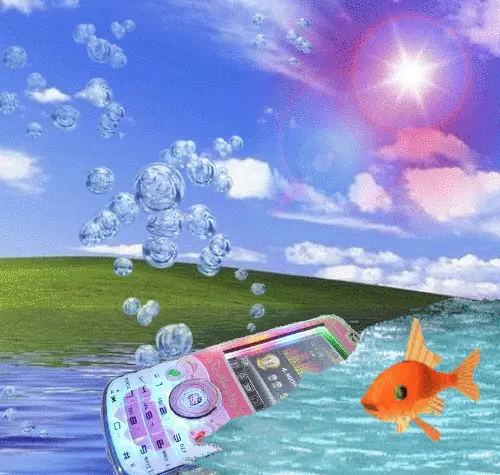


₊ ⊹ . ݁˖ . ݁ ݁₊ ⊹ . ݁˖ . ݁⋆⭒˚.⋆⭒˚.⋆ ݁₊ ⊹ . ݁˖ . ݁ ݁₊ ⊹ . ݁˖ . ݁⋆⭒˚.⋆⭒˚.⋆ ݁₊
#frutiger aero#frutiger aero aesthetic#frutiger aero moodboard#frutiger aesthetic#the future we were promised#2000s#2000s nostalgia#2000s internet#2000s web#2000s aesthetic#2000s blog#2000s core#2000s vibes#2000s technology#2000s tech#mid 2000s#late 2000s#00s#00s nostalgia#00s internet#00s web#00s aesthetic#00s blog#00s core#00s vibes#internet explorer#old internet#webcore#web core#internetcore
323 notes
·
View notes